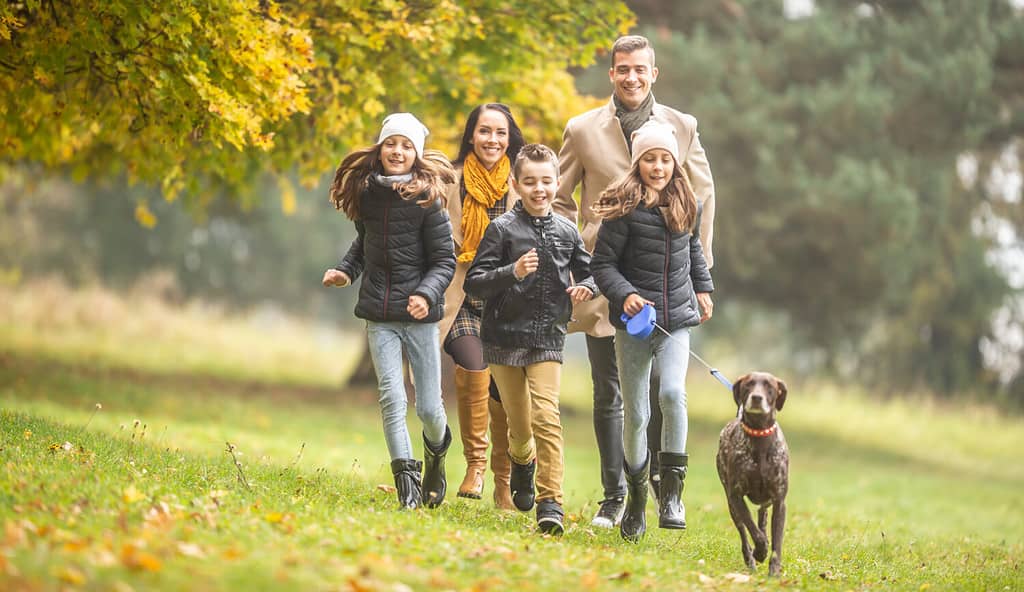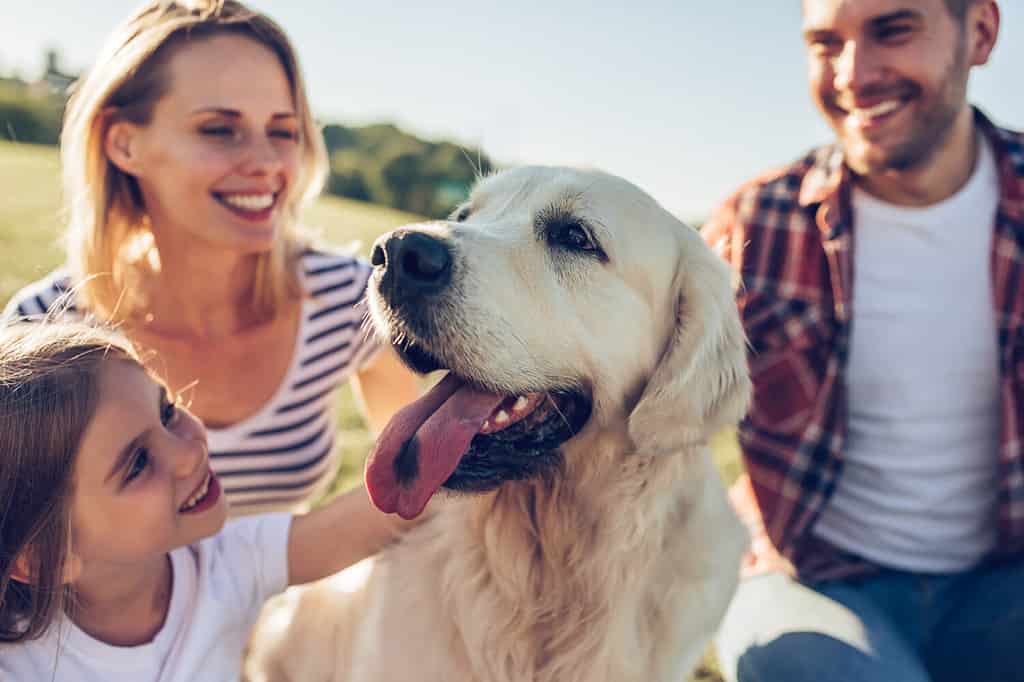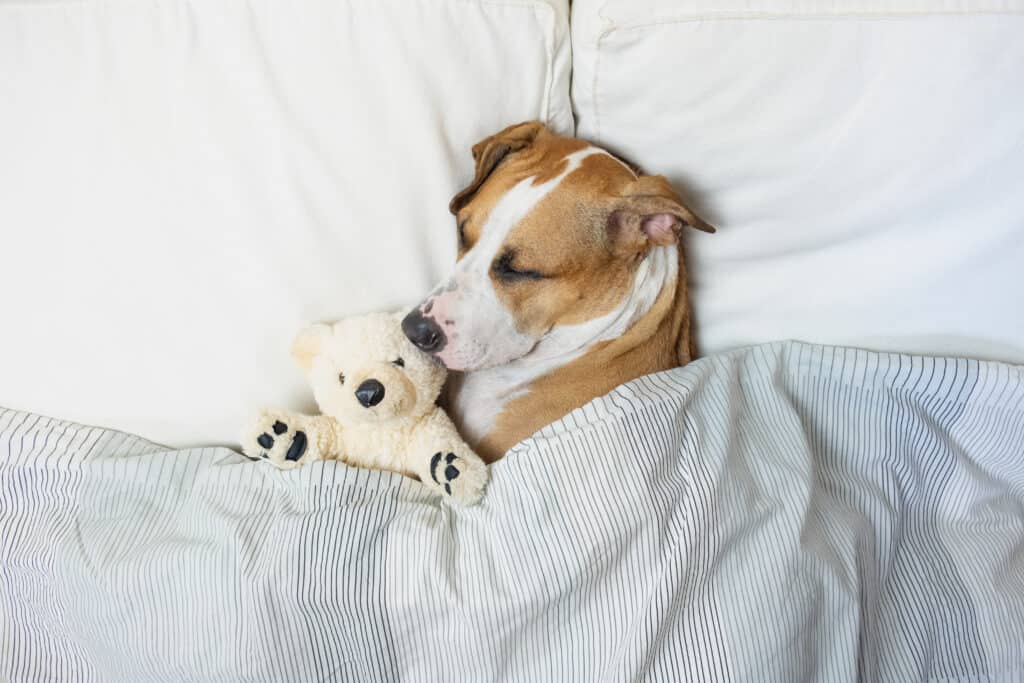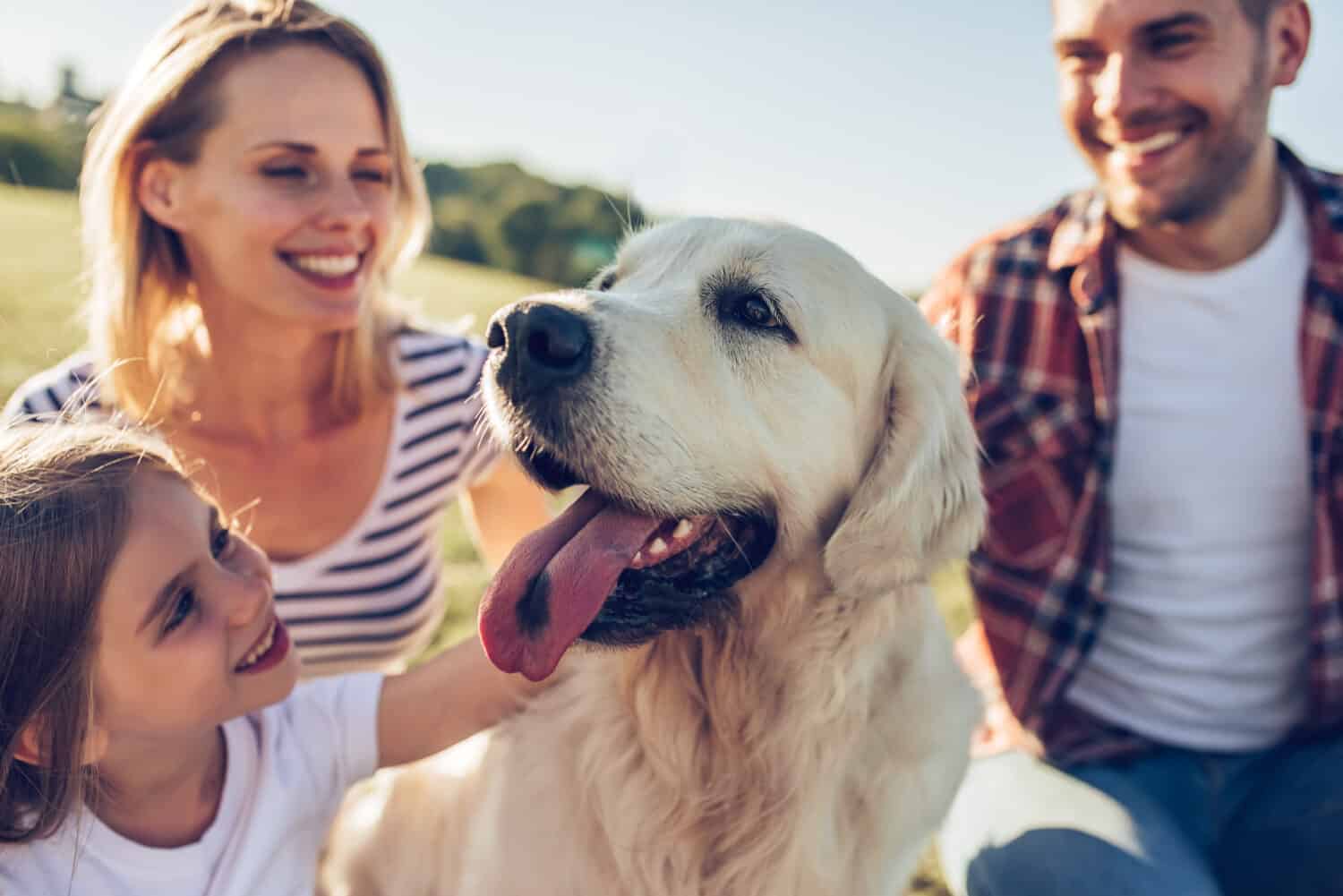You’ve made the decision to grow your family by four paws — congrats! While this is a very exciting time, welcoming home a rescue dog requires planning to ensure the safety and happiness of everyone involved. Keep reading to learn more about how to set your family up for success while bringing this new wiggly bundle of joy into the mix!
Finding Your Right Rescue Fit: Selecting the Correct Dog
Scrolling aimlessly through adoption websites like Petfinder may be fun, but don’t let your puppy fever cloud your judgment. According to the ASPCA, approximately 2 million dogs are adopted each year, but 3.1 million dogs enter shelters and rescues. Unfortunately, there are many reasons companion animals become homeless, but selecting a dog that fits well with your family can help reduce owner surrenders. When preparing to welcome home a rescue dog, take into consideration Fido’s current life stage as well as the time and money you can devote to areas such as grooming, veterinary care, and dog training. Finally, when considering what breed of dog you would like to adopt, research common health conditions in addition to the physical exercise and mental stimulation demands. Both your and your dog’s happiness depends on how well you can provide them with an enriched life based on these needs.

When adopting a rescue dog, it’s important to research dog breeds to determine the type of dog that will best fit into your family’s lifestyle.
©Marian Weyo/Shutterstock.com
Prepare Your Home and Family to Welcome Home Rover
You’ve learned about the various needs of different types of dogs, searched for dogs available for adoption, submitted your application, and the rescue approved you. Your new pooch will be here before you know it! Now, it’s time to prepare both your home and your family members to welcome your new dog appropriately.

When welcoming home a rescue dog, take time to prepare both your home and family members so your new dog can feel relaxed and safe.
©4 PM production/Shutterstock.com
Creating a Safe Home for Your New Pooch
If you don’t currently have any dogs or other pets, this may be a difficult adjustment. First, you’ll want to pet-proof your home to ensure there is nothing dangerous or valuable readily available for your new pup to chew on or ingest. Determine where in your home your rescue pooch will eat, drink, sleep, go to the bathroom, and where they’ll spend their time — both day and night. Set up food and water bowls, have delectable dog treats ready, make space for a crate, and provide dog beds to create the perfect place for your pup to spend their time.
Training Members of Your Family
Surprisingly, the first step to dog training is actually training the people! Whether your family members are new to living with a dog or simply easily excitable, it’s important to remember that this will be a dramatic change for your new rescue dog and can be an overwhelming transition. When welcoming home Rover, it’s normal for rescue dogs to feel anxious and fearful. It’s important to gently provide reassurance to your new dog, but try to remember that it’s also good to allow them some time to explore on their own. Additionally, supervising children is especially crucial when interacting with any new dog. Discourage loud, unexpected squeals from young children if possible. Also, don’t allow children to climb on or chase their new furry friends. Lastly, teach family members to watch for any signs that your new pup is uncomfortable as they adjust to their new home.
Understanding the Timeline of Welcoming Home Your Rescue Dog
Now that your new furry family member is in your care, it’s crucial to take things slow and develop a positive relationship built on a foundation of trust. To do so, it’s imperative to understand the 3-3-3 Rule.

Many shelters and rescues break down an adopted dog’s transition using the 3-3-3 Rule.
©Aleksey Boyko/Shutterstock.com
The First Three Days
The first three days of welcoming a new rescue dog home are like a detox period. This time can be both exciting and scary for your new pup. To reduce stress, slowly introduce your pooch to their new home, family members, and schedule. Create stability by forming a daily routine and allow your pup time on their own to explore at their own pace. Make sure Fido is regularly reassured with lots of positive reassurance and treats to build both confidence and trust.
Once home, try feeding your new dog the same food the rescue used to prevent any upset stomachs and to provide comfort through this consistency. If you wish to change their diet, do so slowly by following these easy steps. Lastly, use these first few days to grasp a better understanding of your new furry family member. Gauge their current level of obedience, crate, and potty training so you can start to build on these skills in the future.
The First Three Weeks
The next milestone in welcoming home your new rescue dog is the first three weeks. This is the time your new furry friend starts to settle in and feel more comfortable with their surroundings. Continue to keep a consistent routine, but now you can begin to introduce Fido to some new experiences. Stroll together through the neighborhood and begin working on any new commands you wish to teach. If your family intends to rename your new pup, this is a great place to start training. While trying new things, it’s crucial to continue rewarding them with lots of positive reinforcement and always be mindful of their comfort level.
The First Three Months
Lastly, the first three months is when your new rescue dog really starts to gain trust with its new family. During this time, you’ll see your new pooch finally start to relax and unwind. At this point, you should start to feel confident that your new rescue pup is going to be a good fit in your heart and home so you can start to plan for your future together.
Schedule an appointment with your veterinarian to get an overall grasp of their health and discuss any changes to diets, supplements, and activity levels. Additionally, this is a great time to reach out to a dog trainer to discuss any behaviors you’d like to change or overall obedience goals you want to achieve. Finally, start planning on how you intend to adequately groom your new furry family member. Schedule an appointment with a professional groomer or start introducing grooming supplies to your pet slowly if you plan to groom them yourself.
Welcome to the Exciting Next Step in Your Life
Welcoming home a rescue dog is a life-changing experience — for both you and your pooch. Set yourself and your new pup up for success by first researching the type of dog that will best fit into your lifestyle. Then, take your time lovingly preparing yourself, your family, and your home for this exciting next step. With patience, love, and plenty of treats, you’ll have a wonderful new family member to help fill your future with joy and laughter.

Adopting a rescue dog is life-changing.
©bogdanhoda/Shutterstock.com
Ready to discover the top 10 cutest dog breeds in the entire world?
How about the fastest dogs, the largest dogs and those that are -- quite frankly -- just the kindest dogs on the planet? Each day, AZ Animals sends out lists just like this to our thousands of email subscribers. And the best part? It's FREE. Join today by entering your email below.
Thank you for reading! Have some feedback for us? Contact the AZ Animals editorial team.








